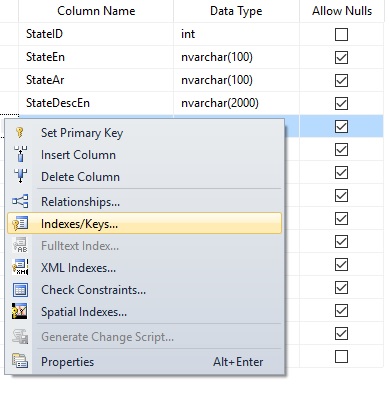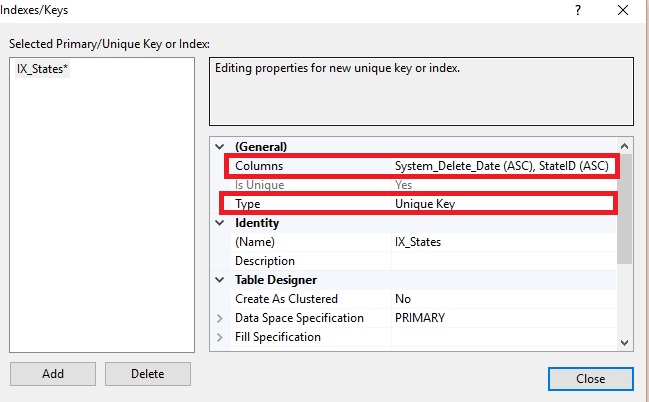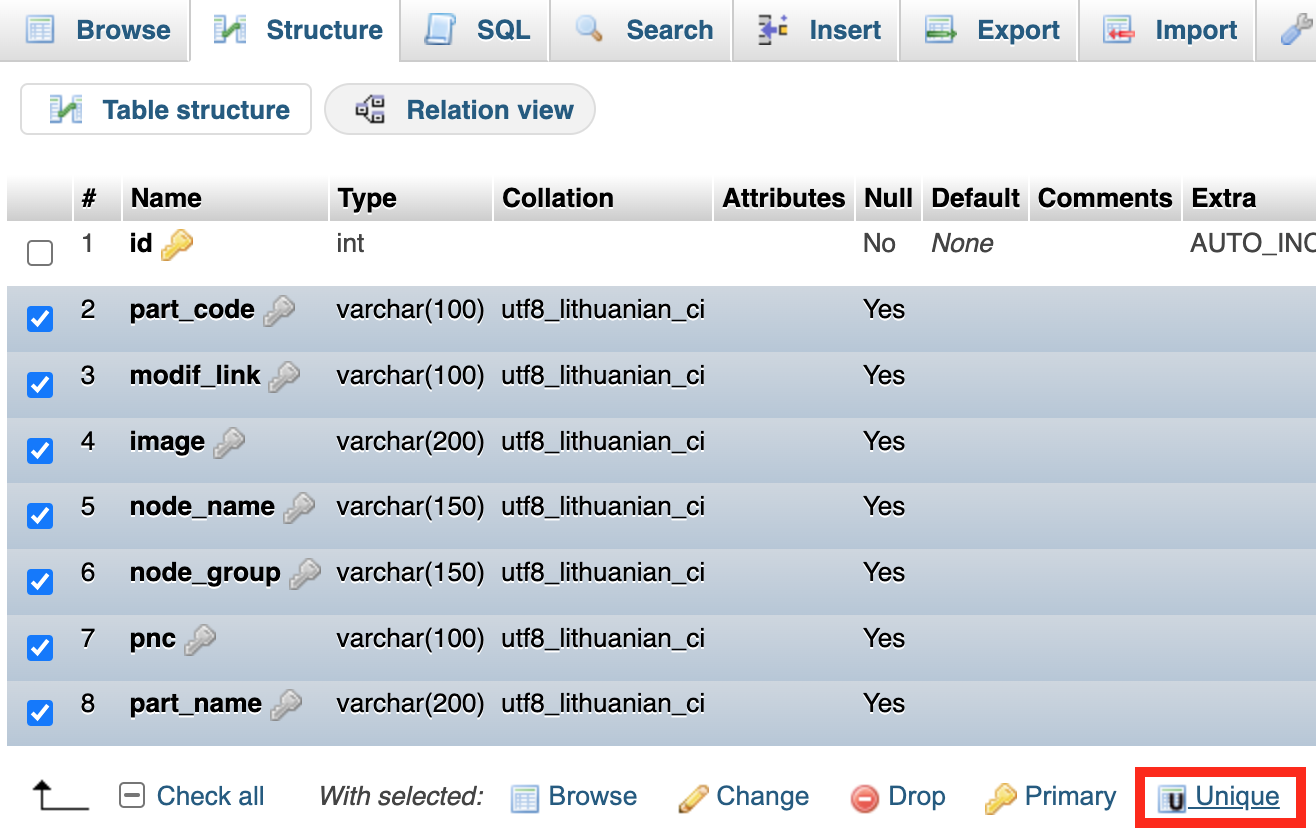I have the following two tables:
Table1
----------
ID Name
1 A
2 B
3 C
Table2
----------
ID Name
1 Z
I need to insert data from Table1 to Table2. I can use the following syntax:
INSERT INTO Table2(Id, Name) SELECT Id, Name FROM Table1
However, in my case, duplicate IDs might exist in Table2 (in my case, it's just "1") and I don't want to copy that again as that would throw an error.
I can write something like this:
IF NOT EXISTS(SELECT 1 FROM Table2 WHERE Id=1)
INSERT INTO Table2 (Id, name) SELECT Id, name FROM Table1
ELSE
INSERT INTO Table2 (Id, name) SELECT Id, name FROM Table1 WHERE Table1.Id<>1
Is there a better way to do this without using IF - ELSE? I want to avoid two INSERT INTO-SELECT statements based on some condition.



